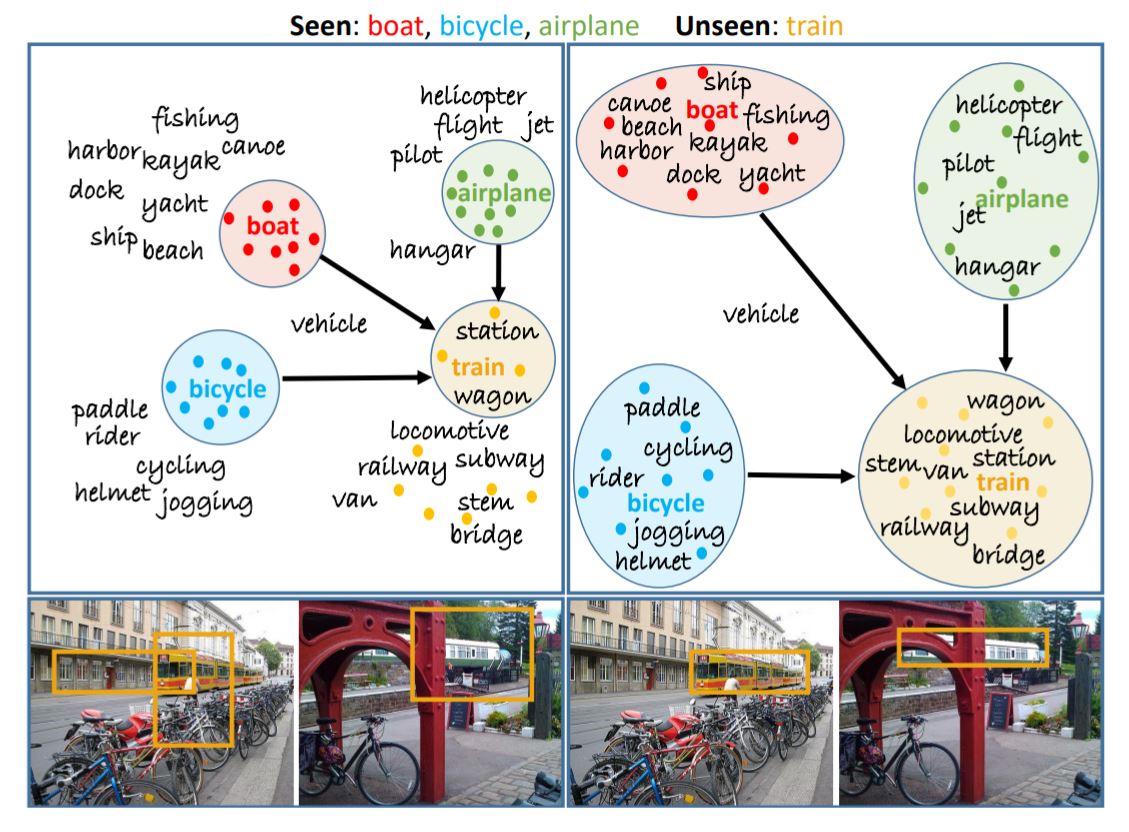
|
|
|
|
|
|
|
|
|
 |
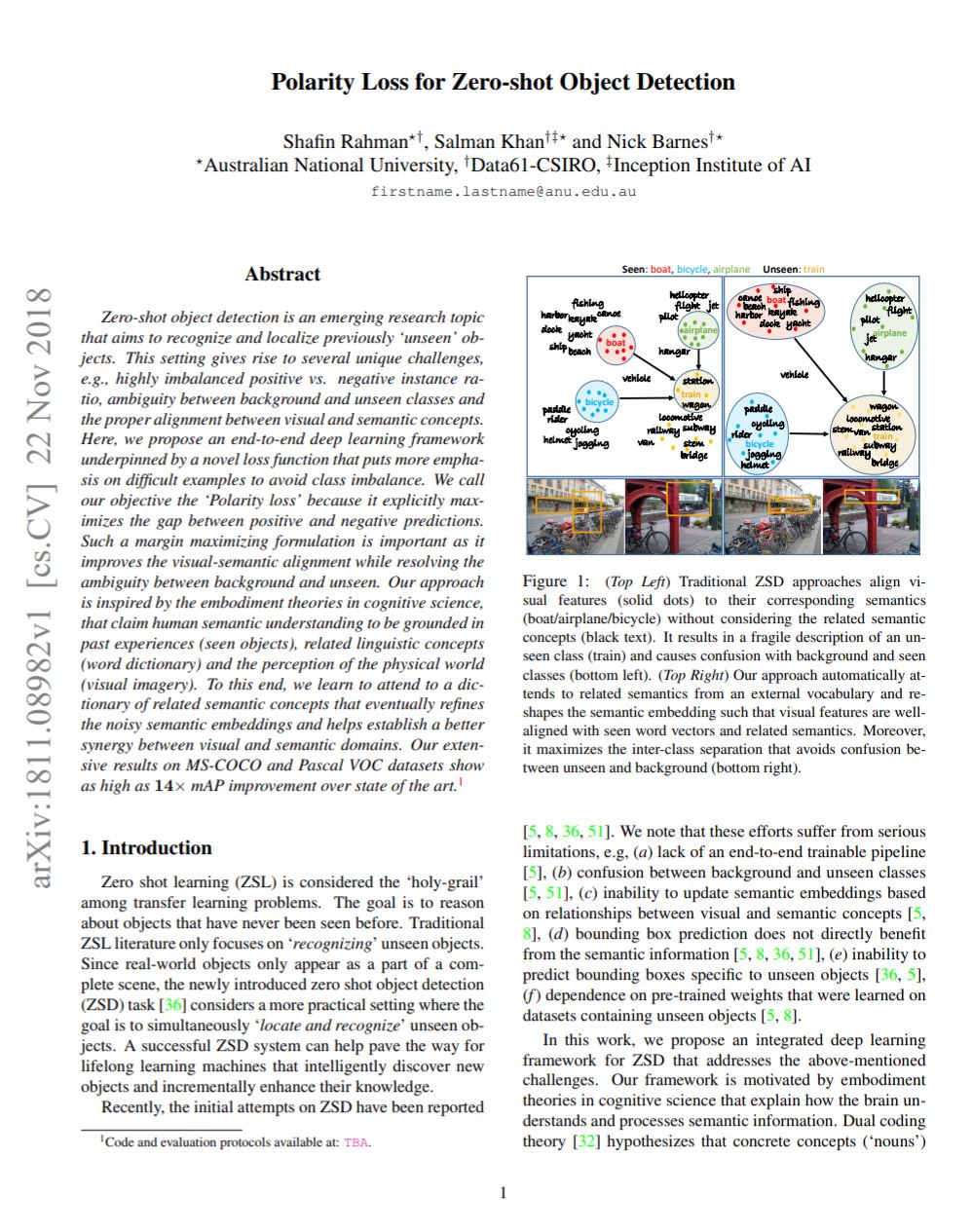 |
S. Rahman, S. H. Khan, N. Barnes. Polarity Loss for Zero-Shot Object Detection. arXiv preprint, 2020. [Paper] S. Rahman, S. H. Khan, N. Barnes. Improved Visual-Semantic Alignment for Zero-Shot Object Detection. AAAI, 2020. [Paper] |
 . |
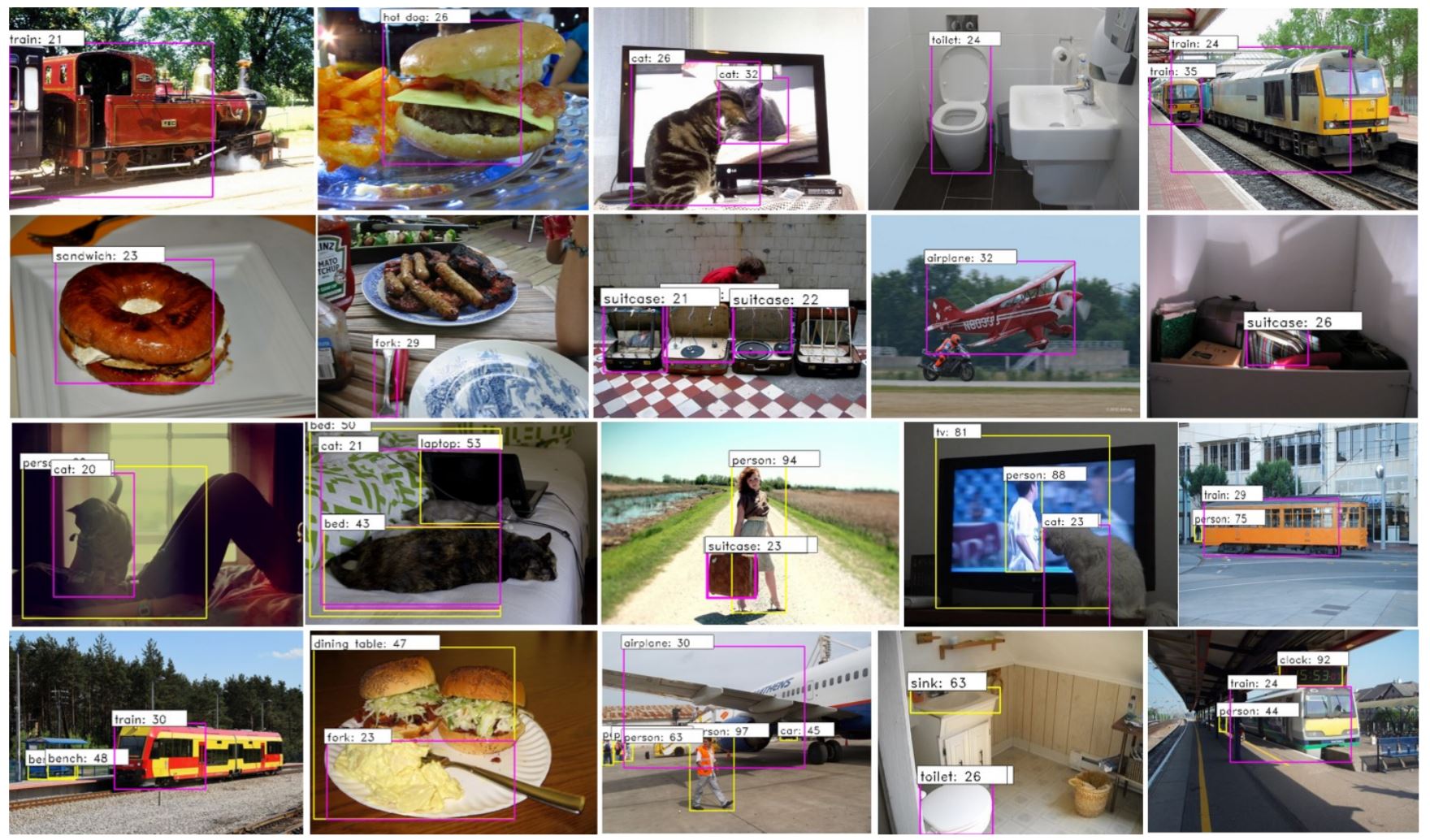 . |
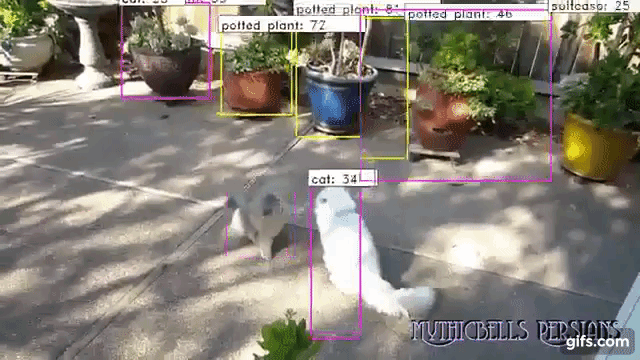 . |
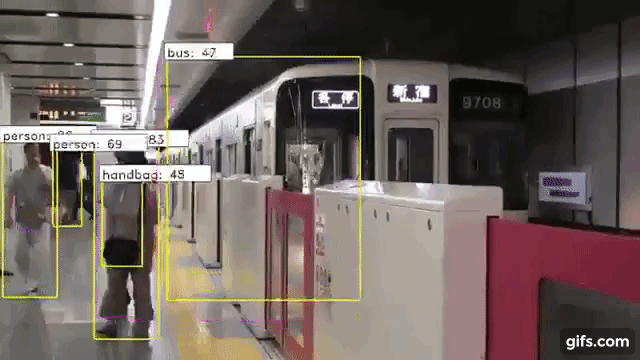 . |
|
. |
. |
CitationS. Rahman, S. H. Khan and N. Barnes, "Improved Visual-Semantic Alignment for Zero-Shot Object Detection," 34th AAAI Conference on Artificial Intelligence, (AAAI), New York, US, 2020. @article{rahman2020polarity, title={Polarity Loss for Zero-shot Object Detection}, author={Rahman, Shafin and Khan, Salman and Barnes, Nick}, journal={arXiv preprint arXiv:1811.08982}, year={2020}} @article{rahman2020improved, title={Improved Visual-Semantic Alignment for Zero-Shot Object Detection}, author={Rahman, Shafin and Khan, Salman and Barnes, Nick}, journal={34th AAAI Conference on Artificial Intelligence}, publisher = {AAAI}, year={2020}} |
Previous Work |
Ancknowledgement |